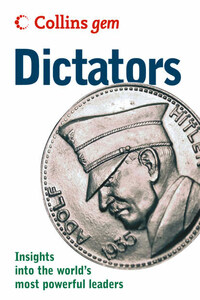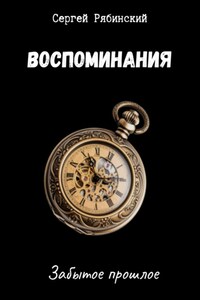People have been dreaming since the first humans lay down to sleep. They have been puzzling over their dreams for just as long â some of the earliest writings are about the subject. Interpreting dreams has long been part of our culture and people continue to wonder why we dream and what our dreams tell us.
must know
Common dreams
The following are common dream themes, which all of us are likely to experience some time, partly because they are widely held fears linked with everyday situations.
Monsters (see page 48)
Teeth (see page 63)
Being chased (see page 71)
Falling (see page 73)
Nudity (see page 75)
Taking a test (see page 78)
Paralysis (see page 83)
Death of friends or family (see page 129)
Relationships (including sex)
with known or unknown people, especially celebrities (see People section on pages 148â63)
Flying (see page 175)
Many ancient cultures valued dreams as a source of knowledge and a time of contact with their gods. This idea that dreams were instances of divine communication led to the first dream interpreters becoming the first priests. Knowledge is power, and the perceived ability to understand your own and othersâ dreams brought power and status. It took centuries for religions to shake off their associations with dreams and visions and decide that their God communicated through scriptures, rather than dreams.
Dream interpretation subsequently became largely pagan, or at least non-religious, and dreams were seen as a source of omens. Today, there are millions of people around the world who believe that dreams can carry prophecies. Perhaps this fulfils a human need for security about the future just as astrology, tarot cards and other predictive practices do. Certainly the many websites devoted to dream interpretation frequently suggest that our dreams are predictive.
Research by many thinkers in the nineteenth century, culminating in the theories expounded by Freud and Jung, brought the study of dreams a new legitimacy. They argued that dreams are the creations of our own minds, and reveal our innermost thoughts. If we understand our dreams, we learn more about ourselves. Furthermore, the very mind that created the dream can be employed to decode it.
must know
Dreams are good for us because:
⸠They allow us to explore frightening or dangerous situations safely. Research suggests that some two-thirds of dreams are unpleasant in their nature.
⸠They help us come to terms with the everyday difficulties of life.
⸠They allow us to release thoughts and feelings that would otherwise be unhealthily repressed.
⸠They show us the power of our own imagination.
⸠By helping us understand ourselves, they will help us grow spiritually.
Some psychologists believe dreams are part of our development and growth. Others disagree, suggesting that they are a mechanism for clearing out the memory so it does not get cluttered up with irrelevant information.
This book provides background on the cultural history of dreaming around the world, the development of modern dream theories, and provides a comprehensive guide to the symbolism we see in dreams, which reflects the symbolism of our world.
When considering your own dreams, remember:
⸠Your mind made the dream, so it should be able to unravel it.
⸠Your symbolism may be different to that of others. Use the dream diary to gain understanding of this (see pages 94â112).
⸠Context is everything. Try not to pick out individual symbols, but consider them as part of the overall story of your dream.
As the Greek philosopher Aristotle said thousands of years go: âDreaming is thinking while asleep.â Enjoy your thinking. Just donât do too much of it when you are trying to get to sleep!












